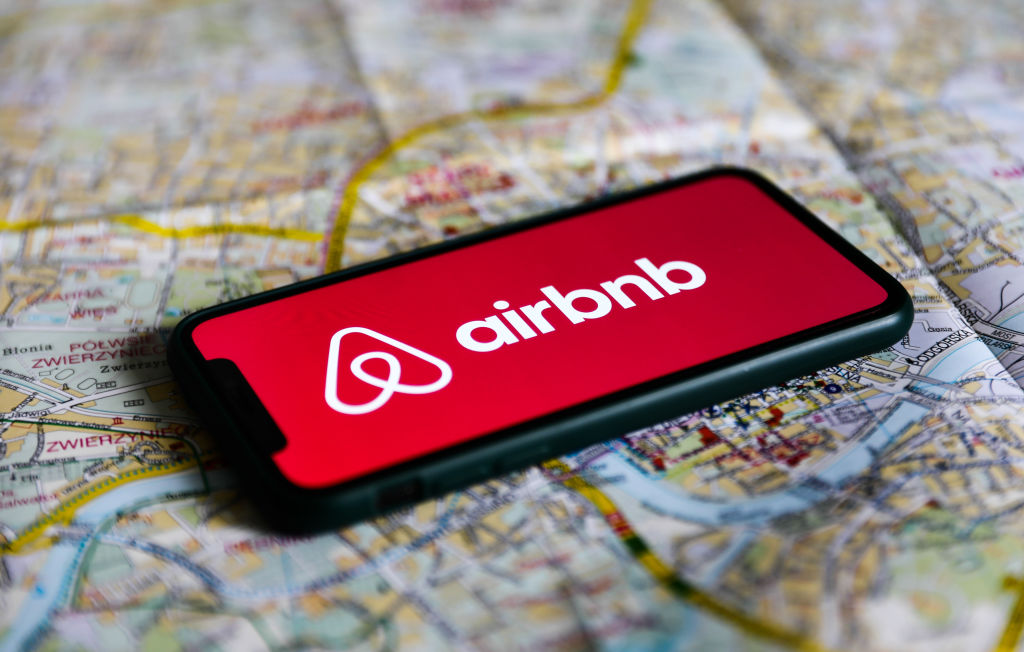
Airbnb is slowly killing the cleaning fee as it aims for more transparent pricing.
Since early last year, when the company started showing guests all-inclusive pricing when booking a property, almost 300,000 listings have removed or lowered cleaning fees, Airbnb said in its earnings report today. Now, nearly 40% of active listings no longer charge cleaning fees.
On the customer side, these cleaning fees had been a longtime frustration. You could spot a bargain on a vacation rental on Airbnb, only to navigate to checkout and see hundreds of dollars of cleaning fees piled on at the last second. As cleaning fees climbed, so did the platform’s average rental price, making Airbnb a less appealing choice when booking a getaway.
The decline of the cleaning fee does beg the question — are Airbnb hosts just not paying for cleaners anymore? Or are they just baking the costs of cleaning their properties into the list prices? When Airbnb first launched what it calls its “Total Price Display,” it seemed intent on finding a happy medium.
“Guests should not have to do unreasonable checkout tasks such as stripping the beds, doing the laundry, or vacuuming when leaving their Airbnb,” Airbnb said at the time. “But we think it’s reasonable to ask guests to turn off the lights, throw food in the trash, and lock the doors — just like they would when leaving their own home.”
It’s hard to believe that just reminding guests to turn off the lights would make that much of a financial difference. Still, according to Airbnb, its average nightly price for a one-bedroom listing was $114, down 2% from last year, whereas the company says hotel prices rose 7% to a nightly average of $149 in that time period.
Overall, Airbnb increased its quarterly revenue 17% to $2.2 billion, year over year. But due to a one-time tax cost worth $1 billion, the company lost $349 million for the quarter.
Airbnb is rolling out a toggle to show you price inclusive of all fees
